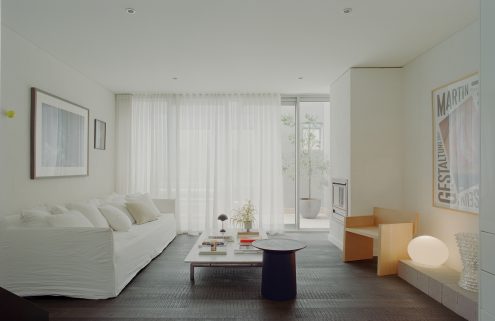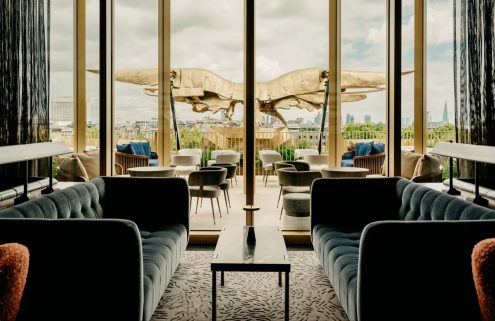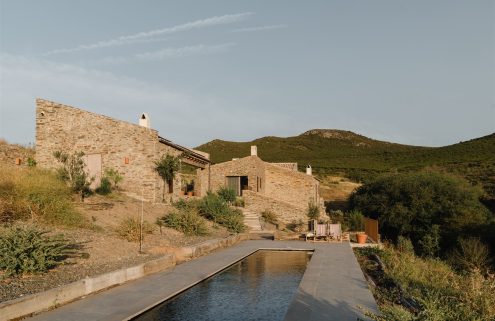Josep Farrando Architecture has converted Tarragona’s Reus prison into a light-filled social centre, stripping back almost 100 years of history in the process.
Built in 1929 and used as a school in the 70s, the building is now a soup kitchen, homeless shelter and community space, as it takes on a new life as the El Roser Social Centre. Much of the original structure of the prison has been uncovered and emphasised, including stone walls and brick arches.

Photography: Adrià Goula

Photography: Adrià Goula

Photography: Adrià Goula

Photography: Adrià Goula

Photography: Adrià Goula

Photography: Adrià Goula

Photography: Adrià Goula

Photography: Adrià Goula
Josep Farrando Architecture worked in partnership with Gallego Arquitectura on its adaptive reuse, peeling back what it describes as ‘the various time strata’ to uncover previously hidden layers and structures. What was once the prison yard is now a public space, and the wall that originally bounded the area has been replaced with bright red steel girders.

This sense of a palimpsest continues inside the social centre, with translucent walls and long banks of skylight contrasting the original structure and flooding spaces with natural light. Areas that were once closed off have been opened, to create a sense of openness and flow throughout the building.
El Roser is the first facility of its kind in Spain, bringing together several of Tarragona’s social services under one roof.

























